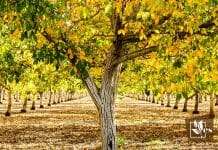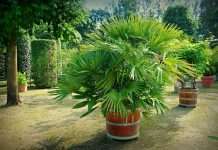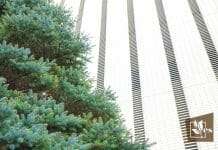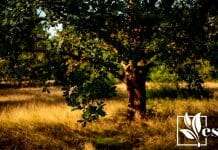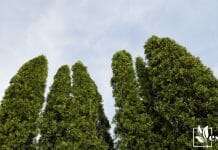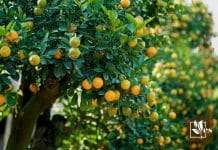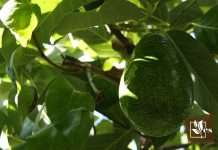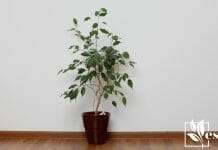- 6 Cactus Plants With Pink Flowers: Stunning & Little Effort - March 28, 2024
- 6 Alternative To String Trimmer: Useful Common Options - March 28, 2024
- Oil Coming Out of Lawn Mower Exhaust? Reasons and Fixes - March 28, 2024
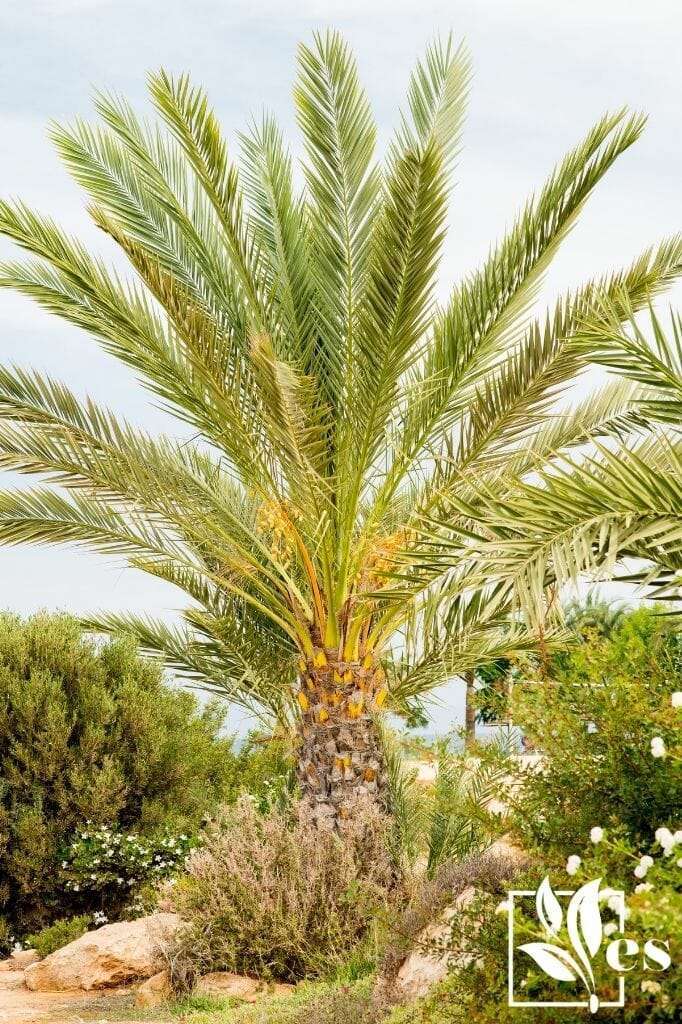 If you’re thinking about investing in a palm tree for your lawn, one of the most important considerations to keep in mind is how much a palm can cost you.
If you’re thinking about investing in a palm tree for your lawn, one of the most important considerations to keep in mind is how much a palm can cost you.
You will expectedly have to pay more extensively for certain types of palm trees than others; however, generally, a starter palm of average size may run you anywhere between $200 and $300.
If you need a specific species or an enormous tree, it will cost much more. In this article, you’ll learn how much a palm tree can cost.
JUMP TO TOPIC
What Does a Palm Tree Cost on Average?
⚡️ On average, a palm tree costs between $10 to $800, depending on the dimensions and the sort of tree it is, as well as the delivery and demand in the area. There is virtually no fixed cost for these trees because of how much each one differs from the next.
Before you decide to install one palm tree or numerous in your backyard to create an excellent tropical theme, consider your budget, what number of trees you would like to plant, and what areas you’re going to plant the trees in. Some palms may be grown indoors, even though many live well outdoors.
Set aside a budget for yourself and take some time to look into the distinct styles of palms and their costs before you purchase any.
This will allow you to create a look that works for you, and you can make sure you’ve got sufficient cash before you go shopping for your first tree.
Mark out locations in your yard or your property for the bushes. The last thing you want is to plant your tree in a closed space or too close to one another because palms spread out at the trunk instead of the relatively shallow roots.
You can find more details about other popular trees, such as the Cat palm tree and the Robellini palm tree.
What Is The Cost Of A Small Palm Tree?
A small palm will likely cost between $15 and $50, with the bigger ones being more expensive. If you’re in the market for rarer palm varieties, you may find that these are costlier regardless of their size because they can be hard to procure.
If you get a younger palm, you’ll be paying considerably less than if you wish to get a more significant specimen. A more immature palm might be everywhere, from a seedling to a three-gallon bucket, and of course, the price will range between those ends.
Still, it’s far less expensive to shop for them at this size than to get one when it’s much more significant and costlier.
You may even try to grow a whole palm tree from seeds, but because of how much this can drag out planting a tree in your yard, you may save yourself the time and effort and shell out a bit more on a palm plant that’s already established.
What Is The Cost Of A Large Palm Tree?
In this case, you’re likely searching for palms that are larger than four feet. These trees generally tend to start from about $145, so you can see that there’s a substantial price jump. Trees around six feet can cost roughly $325, which is a considerable amount to pay for a relatively slight increase in height.
If you’re designing your lawn, you could need a tree that is already pretty big, so it fills the area nicely without leaving ample space that it was meant to grow into.
Some people prefer getting a small tree and nurturing it carefully; however, the discretion is solely yours to decide how much you want to wait and work to see your palm tree(s) come together.
How Much Does A Fully-grown Palm Tree Cost?
What if you wish to plant a palm that is wholly grown (or nearly fully grown) in your yard? These are not cheap, but they will instantly change your home into something tropical with very little time and work.
Fully grown trees can cost anything from $600 to $2000, or even more. Attractive specimens are likely to cost more, and the type of palm you choose will also affect the price. Remember to receive estimates for delivery and the labor necessary to plant the tree.
How Fast Do They Grow?
Probably the next thing on your mind is how quickly these trees grow. How quickly can you anticipate a three-foot tree to grow into a four- or five-foot tree if you buy one? This will assist you in calculating how much time you will save in exchange for the additional cost of the tree.
Of course, this varies for every hardy palm, but most grow at around a foot per year. They do not multiply quickly, especially when planted outside of their natural environment; therefore, you should buy one already fully grown if you want a giant one immediately.
Each palm will grow at different rates, and their rates will be influenced by how good the growing conditions are, but a foot each year is a reasonable expectation. In addition, most will generate five to seven fronds per year.
Popular Palm Trees and Their Prices
Let’s look at the different palms’ advantages and disadvantages.
– The Coconut Palm Tree
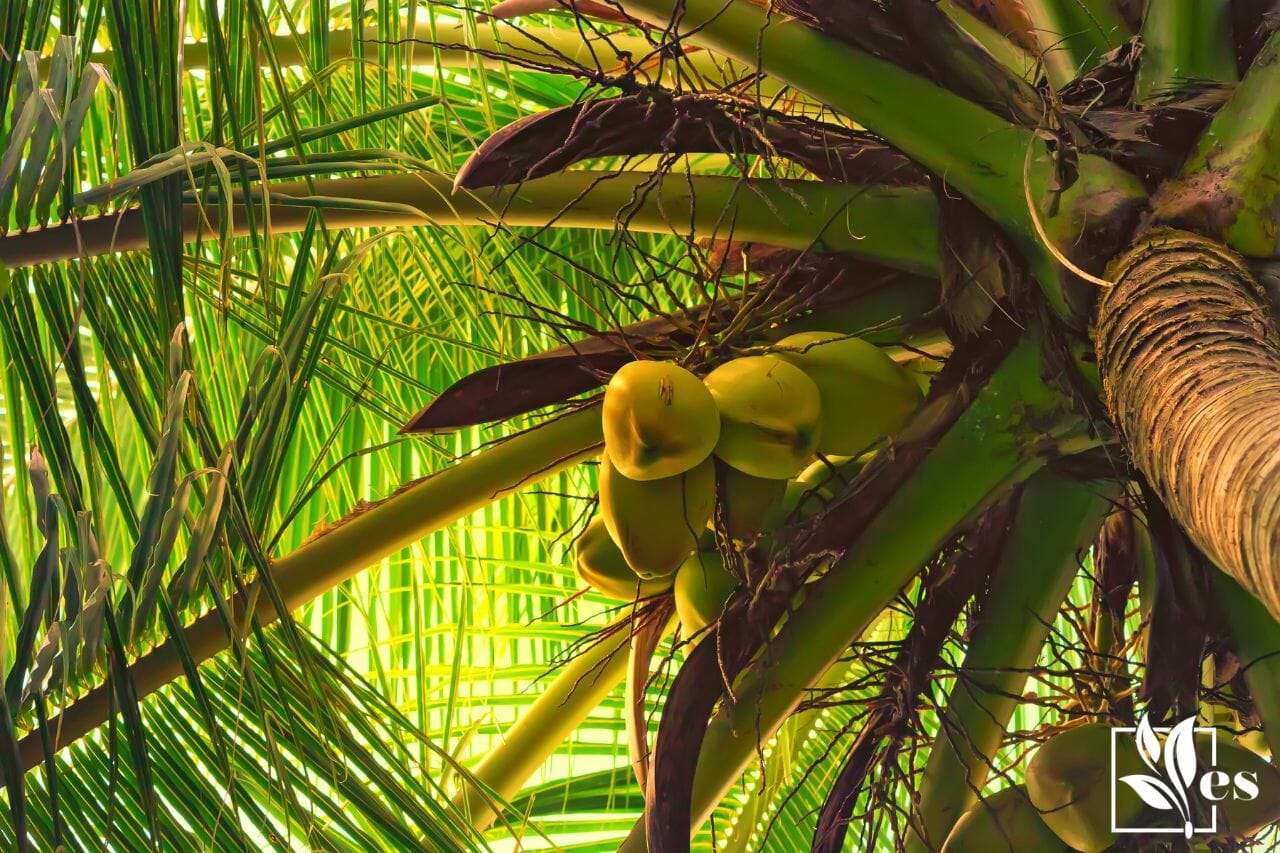
Coconut palms are one of the most widespread and popular types of hardy palm trees, and they may easily be the first thing that comes to mind when someone mentions the word “palm tree.”
Coconut trees can grow to be a whopping sixty feet tall in some situations, and you should expect to pay roughly $70 to $80 per foot when purchasing one.
They look great in the backyard, and there’s no better way to say “tropical vacation” than with them. Please do not attempt to fit one of these into your home; they are far too big!
– The Princess Palm Tree
Known as Hurricane Palms, these palm trees are usually much smaller than regular palm trees, reaching just around thirty feet tall, roughly half the height of a coconut palm.
They lack the delicacy of some of their cousins, so they’re a good choice if you want something shorter and stockier. The cost of a hurricane palm varies depending on its size, but expect to pay roughly $80 for one.
– The Bottle Palm Tree
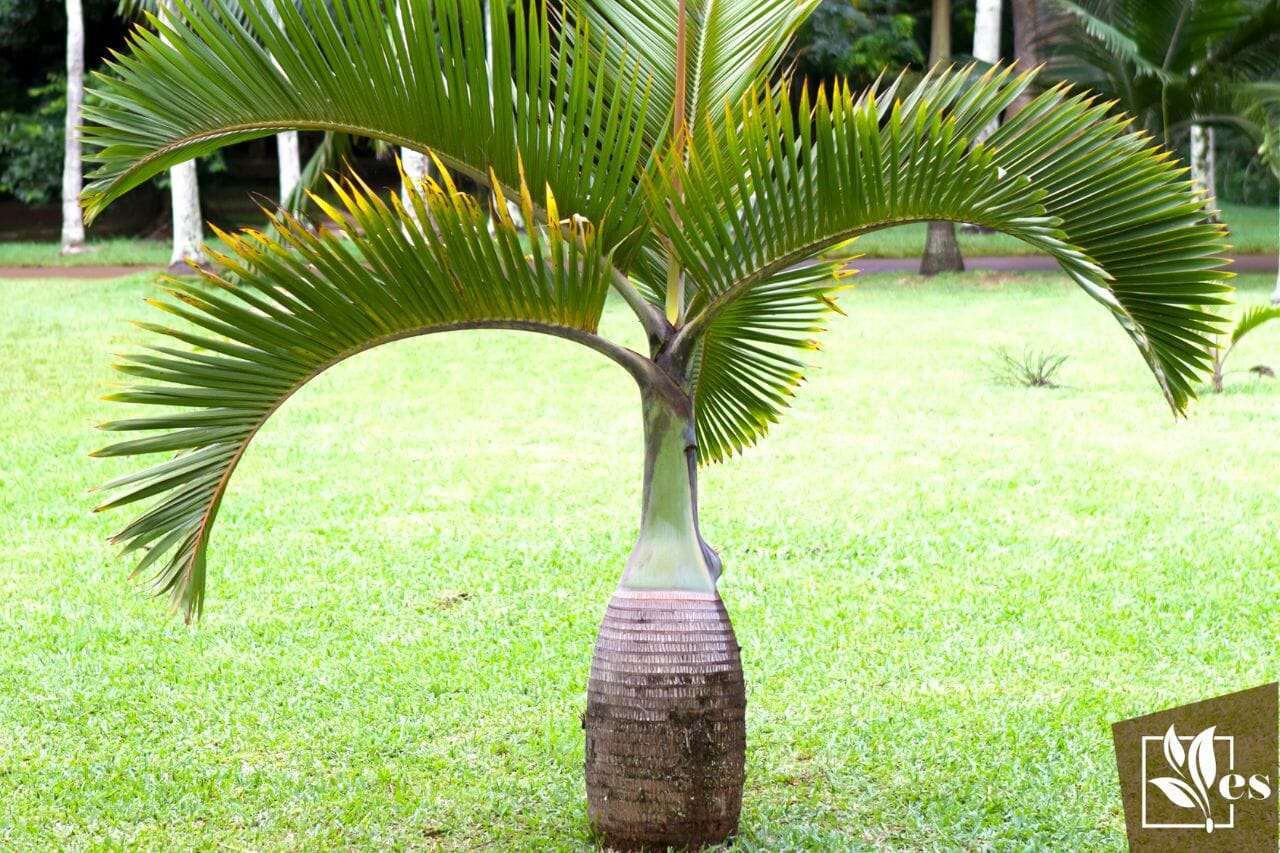
Bottle Palms, however, are pretty pricey. Even a tiny Bottle of Palm will probably cost you approximately $60 or $70, and when they reach full size, they can cost nearly a thousand dollars, therefore it’s best to buy them young and let them grow in your yard.
Try a Bottle Palm if somehow thirty feet seems too tall, and look for something much shorter and more manageable. These are much smaller, reaching just about ten feet in height. If you have a modest property, they are the best option for avoiding dealing with a large tree in a few years.
– The Royal Palm Tree
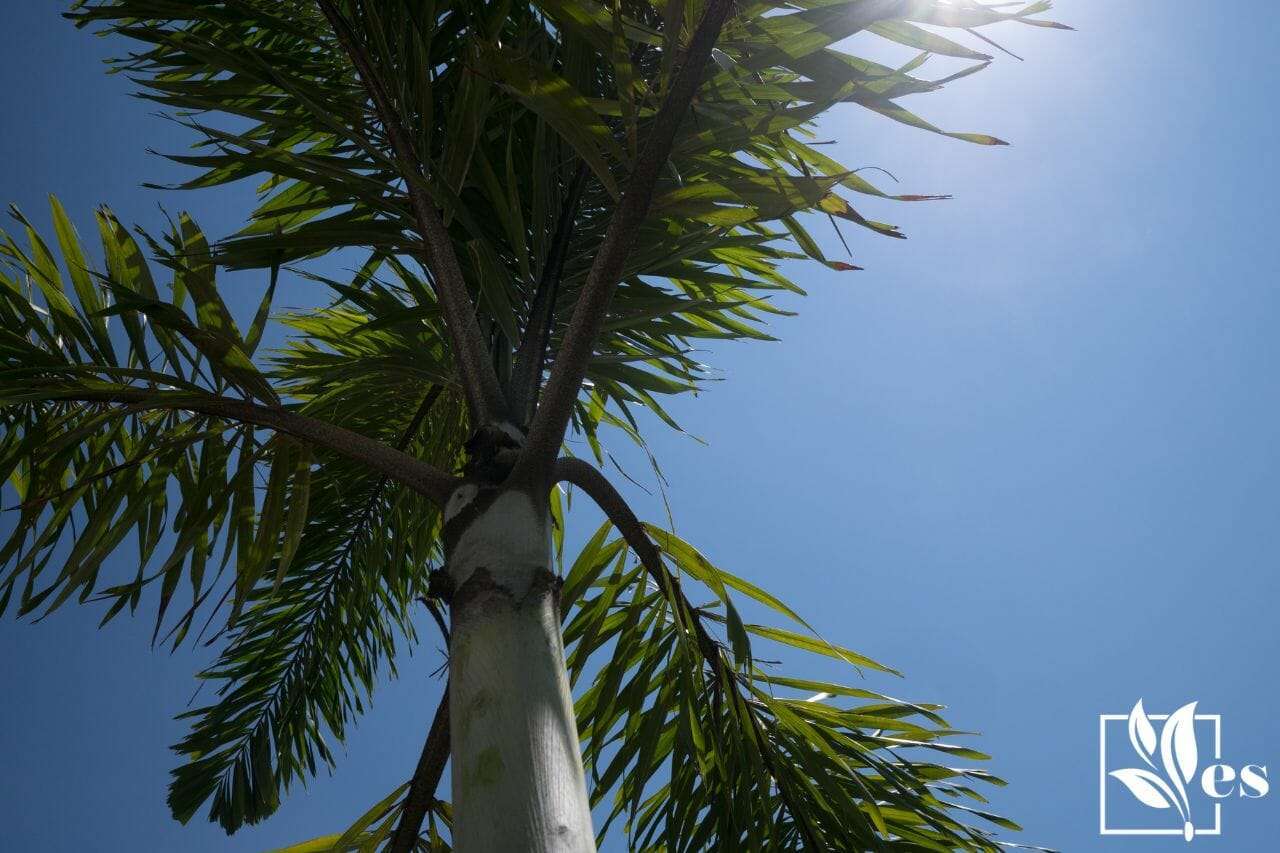
The name gives it away: this is one of the most luxurious palm trees, reaching one hundred feet when completely grown. This is an incredible height, so be sure you genuinely want one that tall before purchasing one.
The Royal Palms are pretty expensive. Even tiny ones can cost between $200 and $300, and large ones can cost thousands of dollars. There is also the cost of shipping them to your home and installing them on the ground, so these are not a low-cost home addition.
The fronds will grow to around twenty-five feet broad, so the scale of this massive tree is not exaggerated. It’s gigantic, and you’ll need to see one to appreciate it fully!
You don’t want one of these trees on your modest property (and certainly not indoors). If you have a big garden, you should only consider buying one of them to plant. However, they make a very spectacular entrance and look simply fantastic. Nothing says “I adore palm and hot areas” like this!
You might be wondering if you can save money by growing Royal Palms from seed. The answer is yes, although they are challenging to grow due to their disease susceptibility.
If you attempt, you’ll have to carefully nurture them and put a lot more time and care into their maintenance to keep disease at bay. Because of this, it’ll be a long wait before your trees are large enough to live up to their name and reputation. Nonetheless, it is very doable if you’re willing to blood, sweat, and tears!
– The Parlor Palm Tree
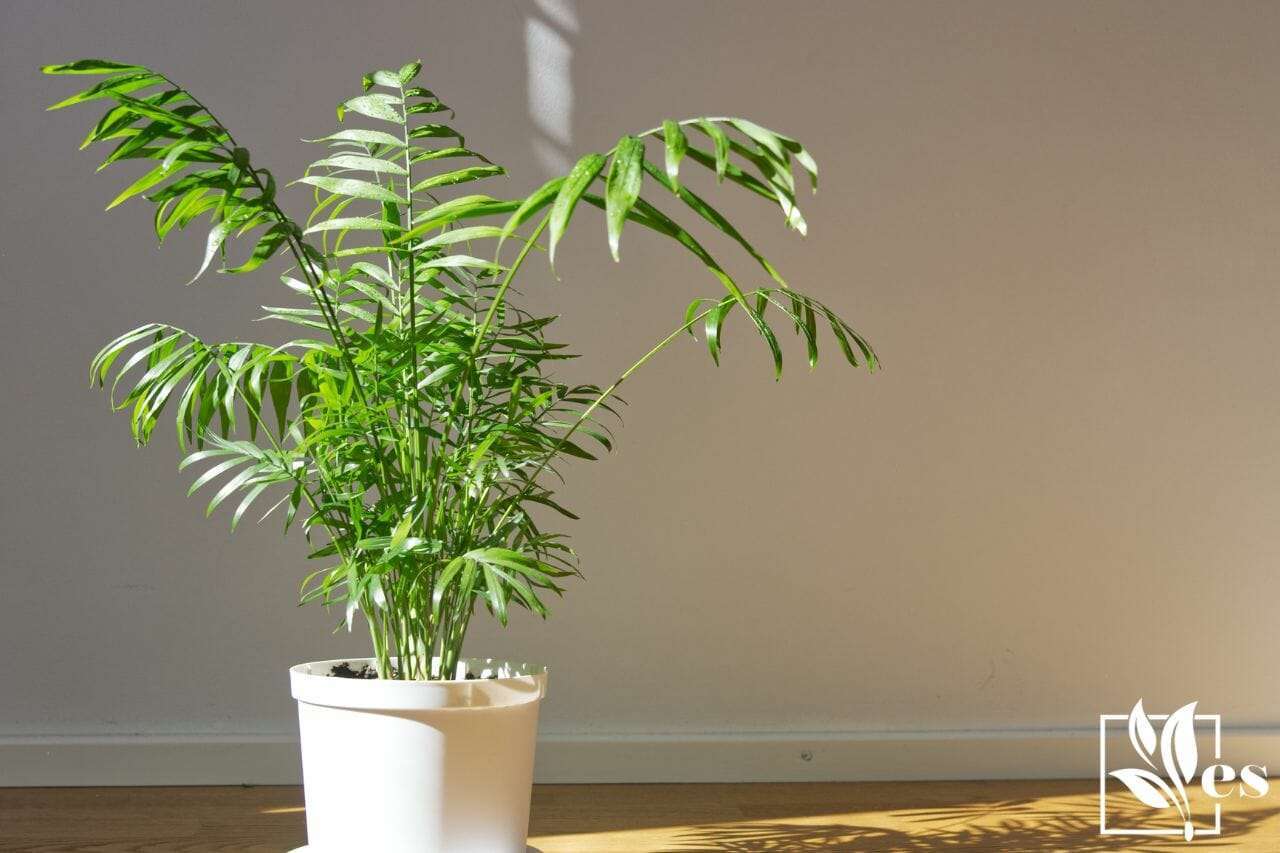
Parlor Palms can be found for as little as $40, while some can cost well over $100. However, these palms are some of the most budget-friendly options, so they can be appropriate if you’re on a tight budget.
As its name suggests, the Parlor Palm is a palm that may be cultivated in a parlor. If you want a palm tree inside your home rather than in your yard, the ideal option would be.
However, these palms can grow large, with many examples reaching six feet or more, so don’t dismiss them as little trees. They’re massive enough to make an impression and look especially good in corridors and entrances. You may have also seen them in high-end hotels. If the sun is very strong and it never gets any shade, the Parlor palm leaves might start turning white.
– The Foxtail Palm Tree
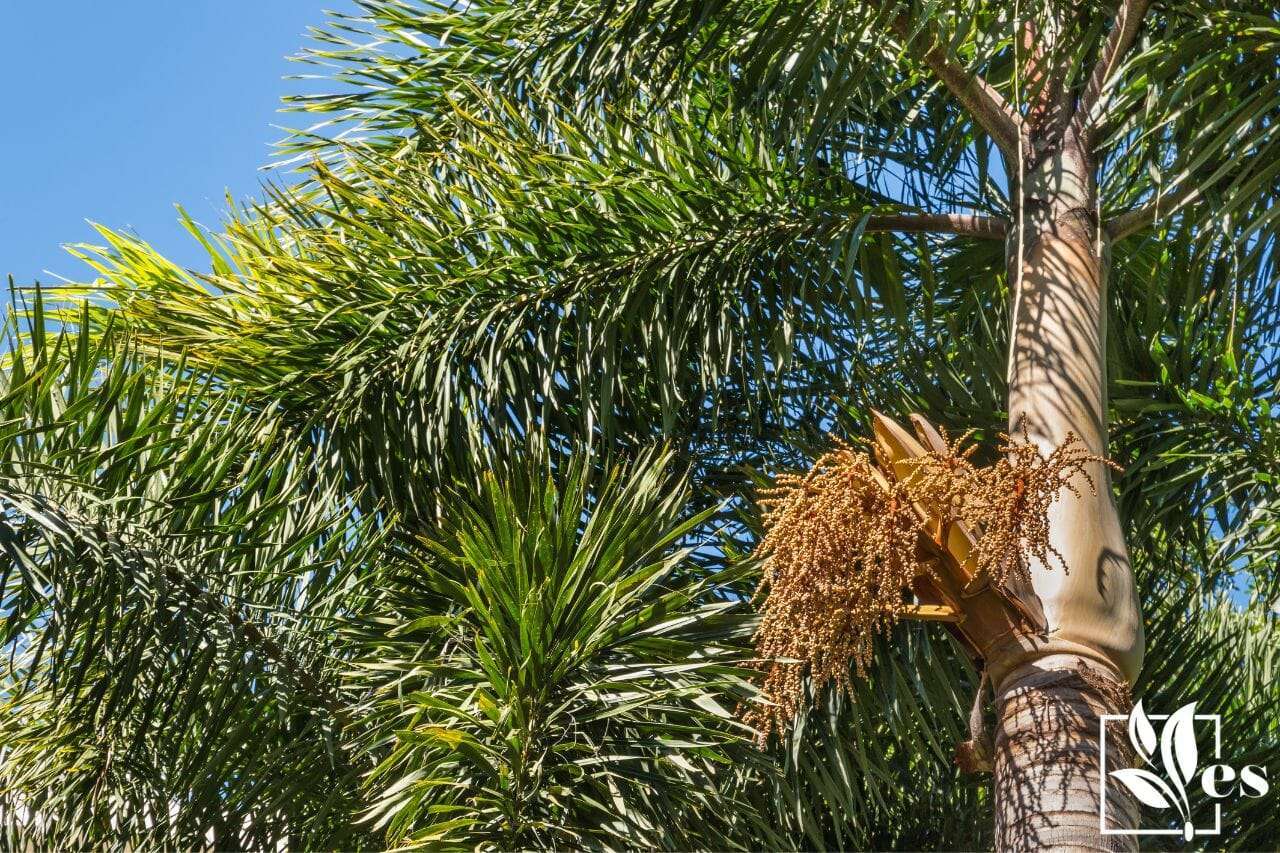
These plants are long-lived, and a pot of roughly 12 gallons can set you back around $200. A larger specimen could set you back $300 to $500, or even more.
If you want something more delicate and exquisite, the Foxtail Palm is good. The only con with these is that they won’t survive in conditions below roughly fifteen degrees Fahrenheit, so make sure the climate and temperature are suitable before you buy one, or it might die in the winter.
Because the Foxtail Palm grows slowly, it is much more expensive than other palms and more challenging to develop from seed. It does, however, have exquisite, lustrous leaves that come to a point, giving it a distinct and unmistakable appearance.
– The Coco De Mer Palm Tree
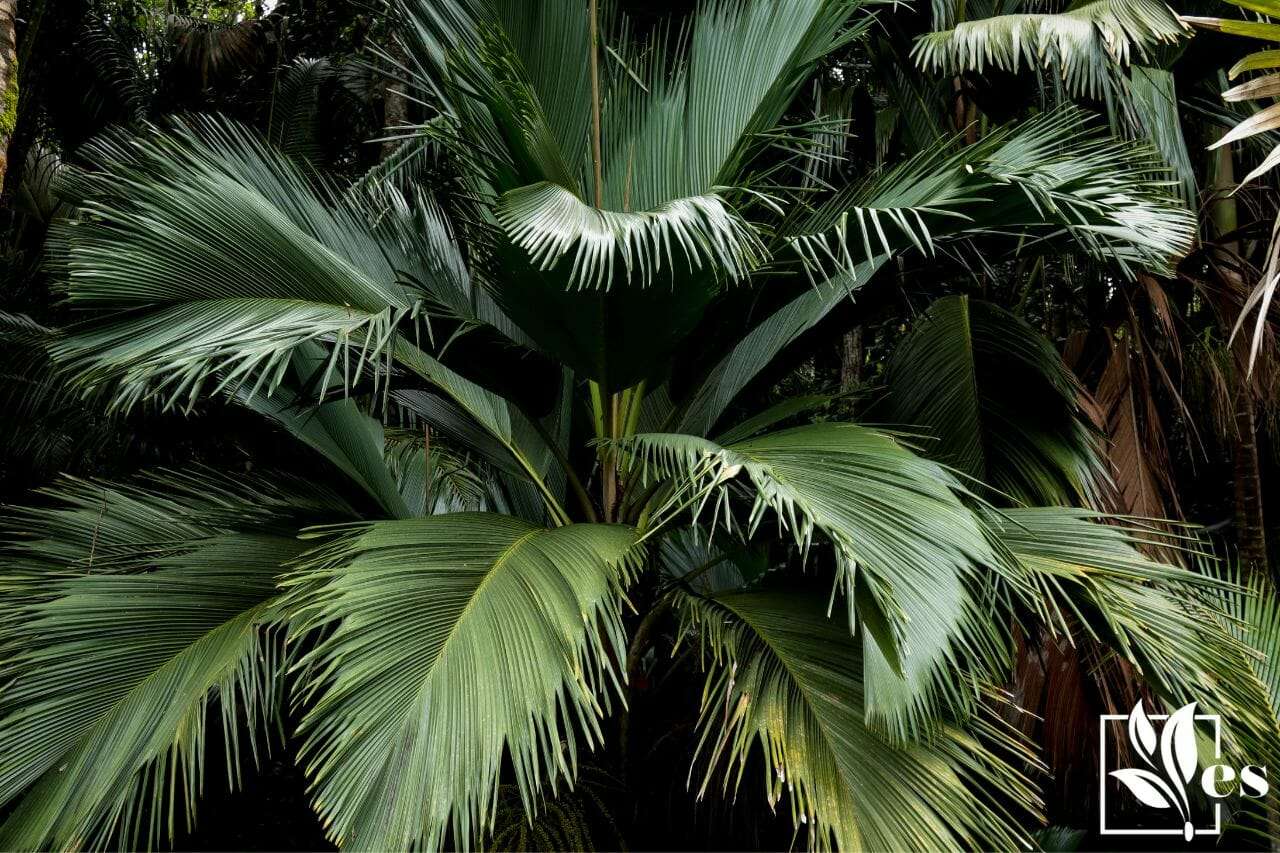
After going through the previous types of palms, you might be wondering what the most expensive tree is. The Coco De Mer Palm Tree, which you might not have even heard of, is the most expensive one available.
Therefore, how much does it actually set you back? Because these trees are so rare, it’s difficult to say for sure, although the tree is frequently sold for no less than $300 to $9000.
If you come across one being sold for less than $300, be cautious because it could be mislabeled or a stolen plant. Avoid purchasing them, as funding the illegal market risks this species.
This specimen of palms is challenging to obtain, and you will likely be unable to get one in your location. Outside of the Republic of Seychelles, situated close to Madagascar, these are rarely seen.
It is only found on two islands and is extremely difficult to grow. Because of how rare this tree is and the great value it holds, it is also prone to poaching.
This palm tree is among the oldest species of palms, and it is a popular plant in its native land. The Coco De Mer palm tree generates enormous, heavy green nuts that are difficult to spread.
It can grow to ten feet, with fronds that span as wide as thirty feet in length. One of its fruits can weigh somewhere around twenty pounds and take up to seven years to develop, plus another two or three years for the seeds to germinate. Each tree has only one seed, which explains why they are so rarely seen anywhere outside the indigenous lands.
Furthermore, because the trees include male and female plants, pollination with another Coco De Mer Palm Tree (rather than just any other) is required to yield healthy fruits. It cannot reproduce correctly if you only have one of either a male or a female.
– The Needle Palm Tree
The Needle Palm Tree is your best option for something extremely hardy if you are in the market because it costs between $119 to $250. This tree is sturdy and resilient, and while it prefers hot summers, it can handle cold weather just as well as any other palm. It’s a good option if you live in cooler climates.
It can withstand low temperatures, even up to minus five degrees Fahrenheit and is adaptable to most soil types. Even the absence of sunlight is no threat to a mature needle palm.
However, because these trees grow huge, they are not suited for a backyard and require much space to flourish. They will quickly begin to engulf and kill other plants as they spread.
– The Dwarf Fan Palm Tree
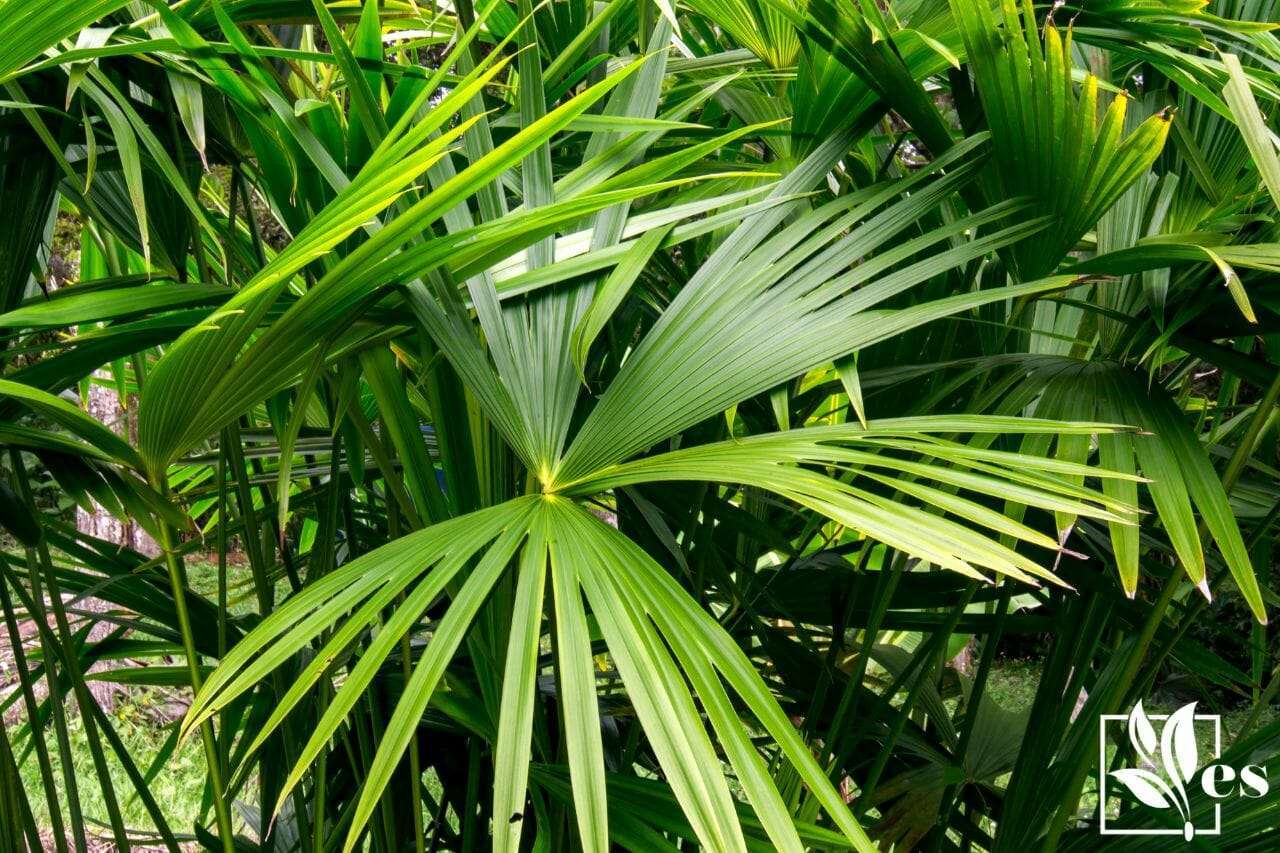
Another smaller alternative is the Dwarf Fan Palm Tree, the price range goes between $150 to $320, and it can grow only two meters tall. Many people place these below the level of other plants, filling in areas behind more towering palms to create a beautiful tropical display and eliminating any significant “gaps” caused by the height of this plant’s cousins.
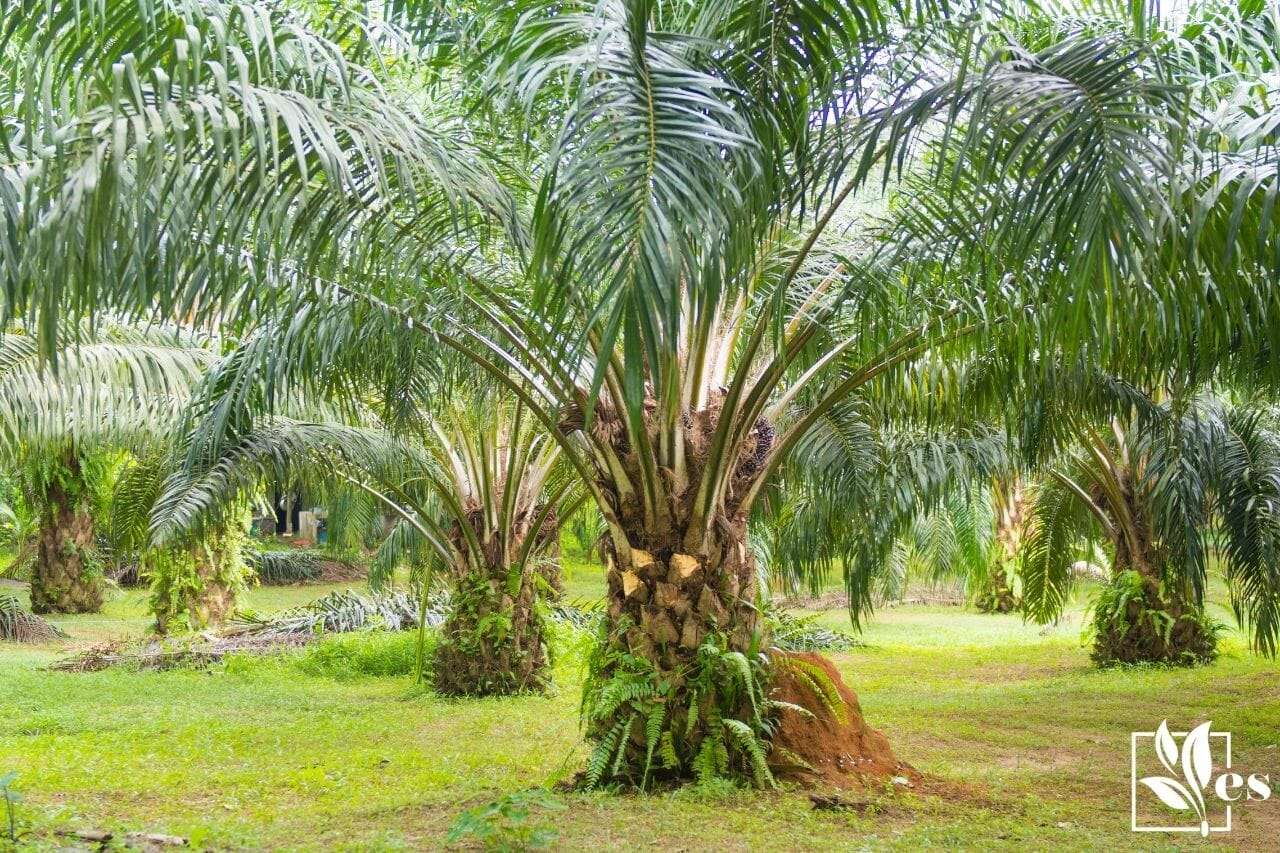
It has spiky leaves that provide a spectacular show, but it doesn’t do well in the cold. If you live in colder climates, you might want to consider other solutions, but it should be fine in many warm sections of the United States.
Because this is a prickly addition to a garden, you may not want it around as it is not the most suitable for families with small children or pets.



